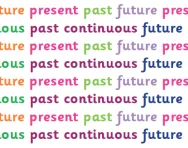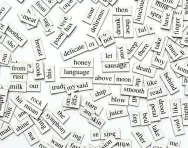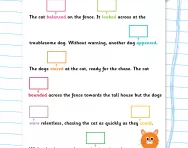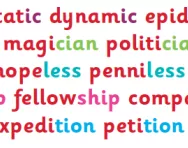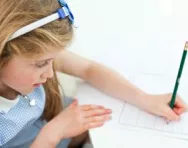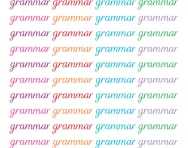What are the present continuous and the past continuous?

What are the present continuous (progressive) and past continuous?
A verb tense tells us when the action of state described by the verb happened. The three main verb tenses in English are the present, the past, and the future.
The present tense is made up of:
- simple present / present simple
- present continuous / present progressive
- present perfect
The past tense is made up of:
- simple past / past simple
- past continuous / past progressive
- past perfect
The present continuous and past continuous tenses (also called present progressive and past progressive) are used when we are describing actions that continue for a period of time in the present or in the past.

To form the present continuous and past continuous we use the present / past tense of the verb to be and the present participle of the main verb (I am walking / I was walking).
The present continuous / present progressive explained
The present continuous tense is used to describe an action that is happening at the moment of speaking:



Download Fantastic FREE Grammar Resources!
- Perfect Punctuation Workbook
- Great Grammar Games Pack
- PLUS 100s of other grammar resources
The past continuous / past progressive explained
The past continuous is used for a continuous action in the past, for example:

What are children taught about present and past continuous in KS2?
What questions should children expect in the Y6 grammar test?
Children may come across questions similar to the following:
Answer: Francesca was learning a song for the school play.
How do teachers teach the present and past continuous?
- A good way to help children learn this tense is to ask them to write a few sentences about what they did yesterday, all in the past continuous.
- Teachers may give children word cards (for example: going, walking, fishing, sailing and cooking). Children may be asked to put these words into sentences containing the present continuous.
- A good game to help with learning this tense is: 'You are... but I am...'. Children play this in pairs. One child says: 'You are...' and then gives an action such as 'digging the garden'. The other child has to mime this. The first child then says 'but I am' and thinks of a different action such as 'baking a cake' which they then mime.

Give your child a headstart
- FREE articles & expert information
- FREE resources & activities
- FREE homework help

